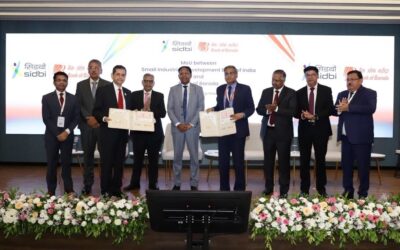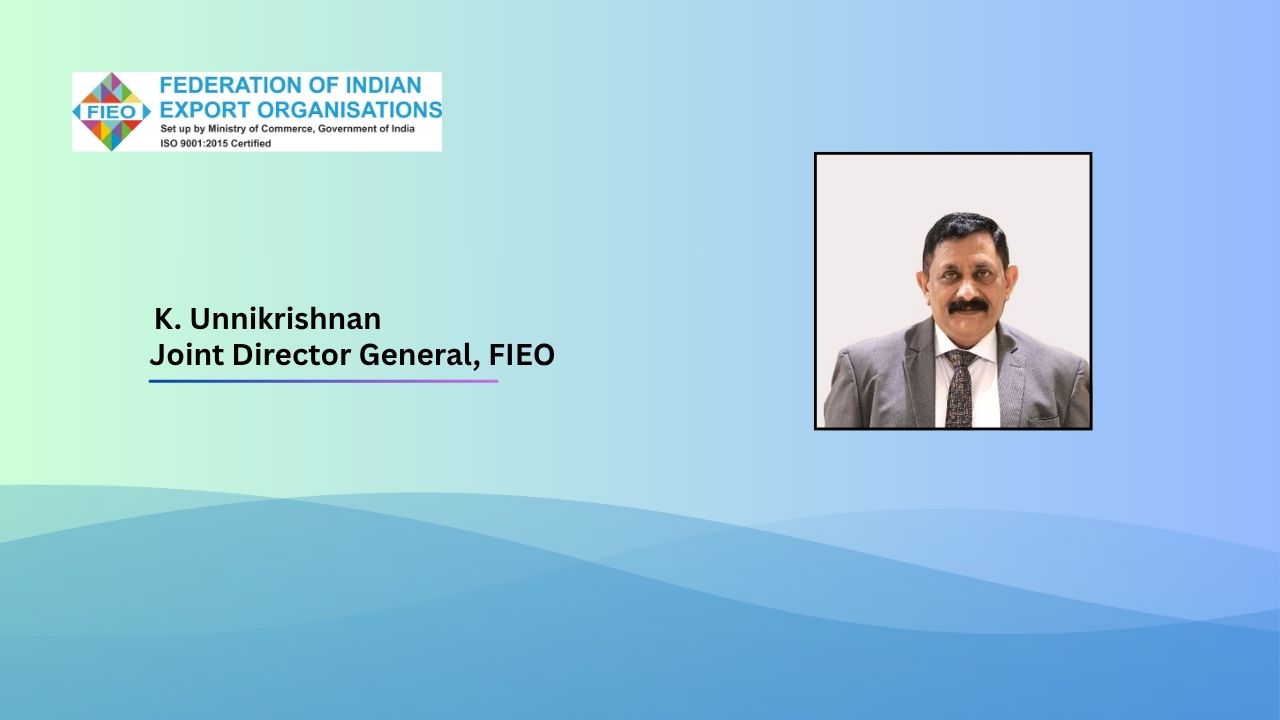Top 5 Trends in the Indian MSME lending domain in 2025

In the year 2025, the face of micro and small financing would change forever – this industry will thrive led by technological innovation, regulatory change and market needs.
Below are the key trends set to define the sector:
Expansion of Digital Lending and Alternative Credit Scoring
There is a growing potential in the area of digital lending platforms which will fundamentally change the dynamics of availability of finance for MSMEs. Through automated processes, these platforms will use AI, machine learning, and blockchain to improve transparency, speed up turnaround times, and more.
Credit scoring based on alternative data; payment histories, utility bills, social media activity, means that lenders will be able to offer credit to businesses without traditional credit histories and will facilitate greater financial inclusion for micro and small businesses.
Co-Lending Partnerships and Collaborative Financing Models
The co-lending model between Banks and NBFCs will also pick up pace. This new model will enable lenders to collectively share risk, pool resources and offer companies more attractive terms.
These collaborative approaches will expand the availability of financing to MSMEs, especially in underserved areas and sectors. Through Co-lending, lenders would also be able to gain agility of fintech as well as stability of traditional banks.
Focus on Sustainability and Green Finance
As global and local regulations around sustainability tighten, MSMEs will increasingly adopt ESG principles into their business models. Lenders will offer products designed for MSMEs that want to focus on green initiatives, such as green loans or financing tied to sustainable practices.
MSMEs that align with ESG criteria will have access to better financing terms, helping them become more competitive and resilient in a rapidly evolving market.
Revenue-based financing and short-term loans will take off, giving MSMEs the advantage of paying back loans based on their actual revenue inflows so businesses can better manage debt as they won’t have fixed monthly repayments to worry about.
Expansion of Credit Guarantee Schemes
Thus, government-backed credit guarantee schemes/cover such as those by SIDBI, CGTMSE shall continue to play a vital role in facilitating access to finances for MSMEs. These schemes limit risk for lenders and expand the pool of financial institutions lending to micro and small businesses
Guarantee schemes targeting specific sectors such as green technology, women entrepreneurship, and rural MSMEs will only gain momentum in 2025, further enabling underserved businesses and aiding inclusive financing.
Embedded Finance
Integration of financial services into non-financial platforms will gain momentum, allowing MSMEs to access financial solutions like loans, payments, and insurance directly through platforms they already use, such as e-commerce sites or accounting software.
This will provide MSMEs with seamless access to tailored financial services, reducing friction and simplifying financial operations, making it easier for them to manage cash flow, receive payments and apply for financing.
These trends indicate that in 2025, micro and small financing will be more digital, collaborative, and inclusive, with a strong focus on sustainability, tailored financial products and sector-specific solutions to meet the unique needs of MSMEs.
Author: Ms Ritu Prakash Singh, Senior Economist and Head – Investor Relations, U GRO Capital
Disclaimer: Views expressed in the article are the personal opinions of the author.











